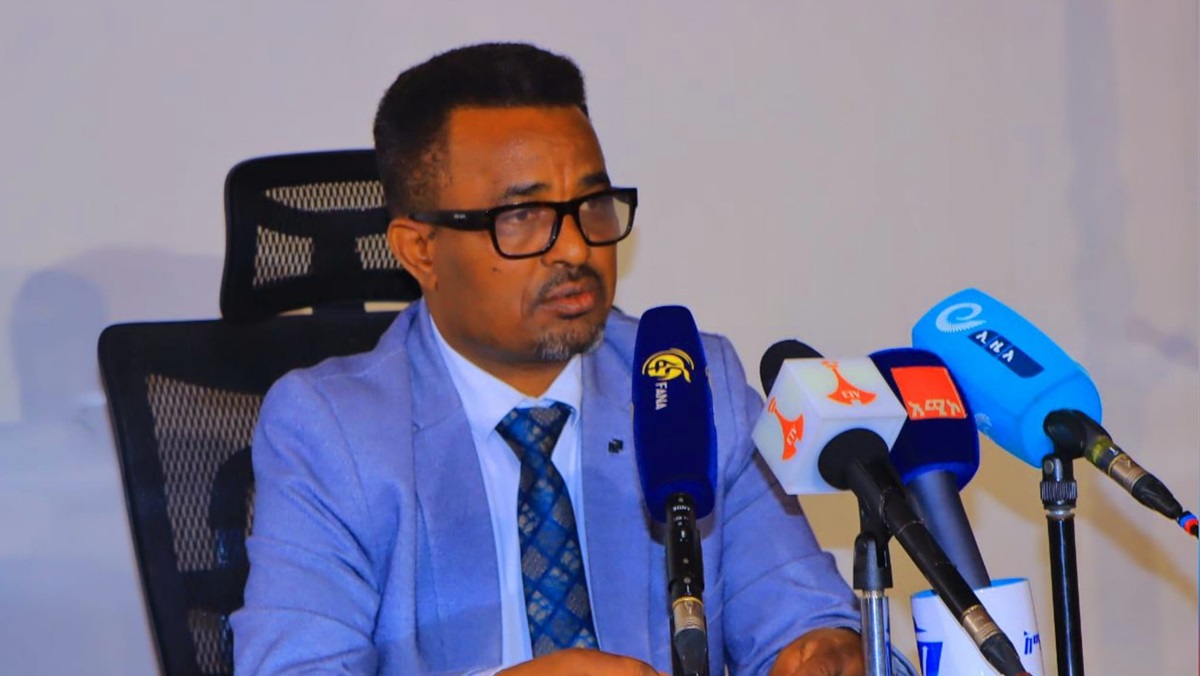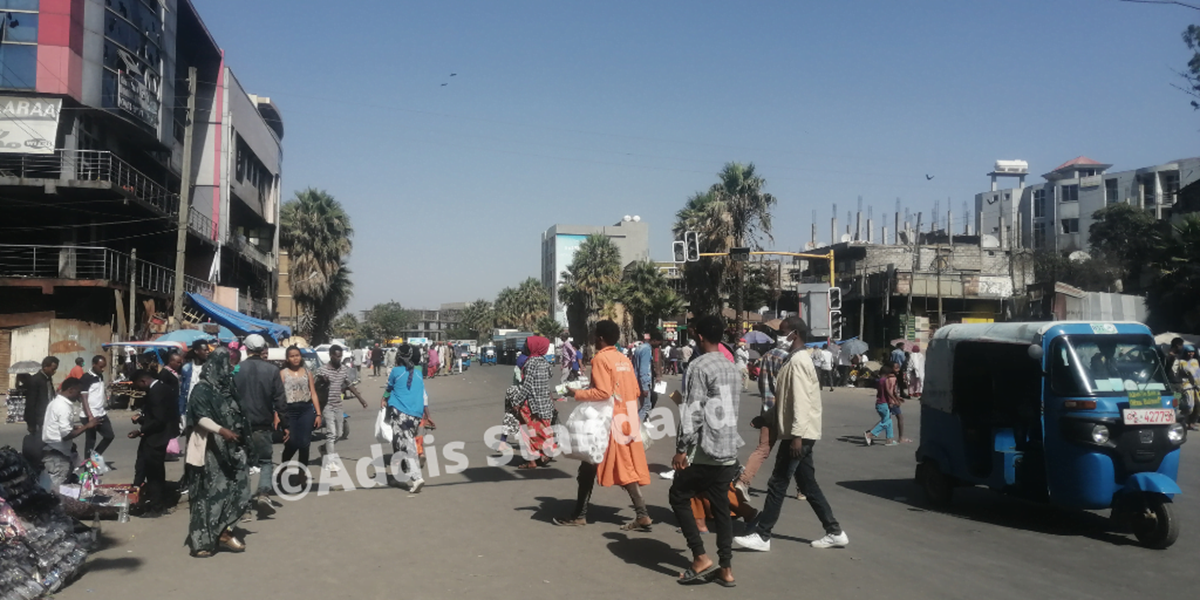News: Worsening security, drought drive Ethiopia humanitarian response rise to $3.335 billion; 11% increase in people in need

struggles to keep her two children alive. Credit: Liz Loh-Taylor for OCHA Ethiopia.
Addis Abeba – Continued insecurity, including conflicts and multiple episodes of violence, as well as the ongoing drought that affected several parts of Ethiopia drove the need for Ethiopia’s mid-year humanitarian response to rise to $3.335 billion from US$ 3.085 billion at the start of 2022, according to the revised humanitarian response plan which is based on data as of June-July 2022.
However, the original Humanitarian Response Plan 2022, targeting more than 20 million people with life-saving interventions remains “significantly underfunded,” the report revealed. “At mid year the HRP has received only 39.2% of the US$ 3.085 billion required. The unmet requirements for food response stands at 38 per cent of the annual requirements still unmet at mid-year.”
The number of people in need has “increased by almost 11% compared to the beginning of the year,” according to Dr Catherine Sozi, UN Resident and Humanitarian Coordinator in Ethiopia.
Accordingly, the report shows that the number of people in need “has risen to 22.6 million from 20.4 million originally targeted at the onset of 2022.” Children constitute 52% of the people in need of food aid, whereas women and men constitute 24% each and people with disabilities constitute 18%.
The mid-year review is jointly prepared by the Ethiopian Government and humanitarian partners, including the United Nations and International and National Non-Government Organizations and has been “revised six months into the year to take stock of the response to date and ensure we are prioritizing the immediate lifesaving needs of the most vulnerable people including through the,” according to Dr. Shiferaw Teklemariam, Commissioner for the Disaster Risk Management Commission of Ethiopia.
“At least an additional $1.8 billion, representing 60 per cent of the total amount needed this year, is still required for the humanitarian response in Ethiopia until the end of the year”
Dr Sozi
“Man-made and natural hazards have increased hardship and displacement of millions of Ethiopians this year. Communities across southern and north- eastern parts of Ethiopia are suffering from a devastating drought, the worst in forty years, following four consecutive failed rainy seasons since late 2020,” Dr. Shiferaw said in the report.
Humanitarian partners are appealing for urgent funding to support the response across Ethiopia. “Our partners are reprogramming their response to address the most urgent needs and to sustain
life-saving operations. At least an additional $1.8 billion, representing 60 per cent of the total amount needed this year, is still required for the humanitarian response in Ethiopia until the end of the year,” Dr Sozi said. “I thank donors for their unrelentless support and urge them to increase their commitments to the humanitarian operations and to give generously, in solidarity with the people
of Ethiopia.”
According to the joint review, during the first half of 2022 Ethiopia has seen growing humanitarian needs driven by the lack of a peaceful solution to the conflict in Tigray, Afar and Amhara regional states; the continuation of violence in other parts of the country; and the expansion of the drought affecting the south and east of the country.
The humanitarian truce in the Tigray region that was announced in March has “contributed to improved delivery of humanitarian assistance and allowed humanitarian partners to scale up their response to the people in need in the region,” the report said. In Afar and Amhara, humanitarian operations were also scaled-up as the level of conflict reduced and hundreds of thousands of people returned to their homes, with millions of people assisted; but “some near the Tigray boundary remained hard to reach.”
On the contrary, in Oromia and Benishangul-Gumuz humanitarian operations have been significantly constrained by insecurity and lack of access “resulting in reduced or absence of humanitarian partners in some areas. Some woredas remain inaccessible in Oromia (East and West Wollega, and Guji zones) and Benishangul regions, hindering sustained delivery of food assistance.
In addition to health, nutrition, education and logistics, agricultural productivity is one of the areas affected by the combination of conflict, drought and flooding in several parts of the county and in need of support. An estimated 17.5 million people across the country require agricultural support. “The limited access to agricultural inputs, particularly fertilizers and staple crop seeds is a major threat to the main agricultural season,” the joint report cautioned.
Furthermore, Ethiopia is experiencing poor economic conditions driven by the continued depreciation of the Ethiopian Birr (ETB) and high inflation, “which is putting pressure on markets and driving high commodity and food prices. The situation is compounded by the Russia-Ukraine conflict that has affected the supply of some imported products and food items.” AS








